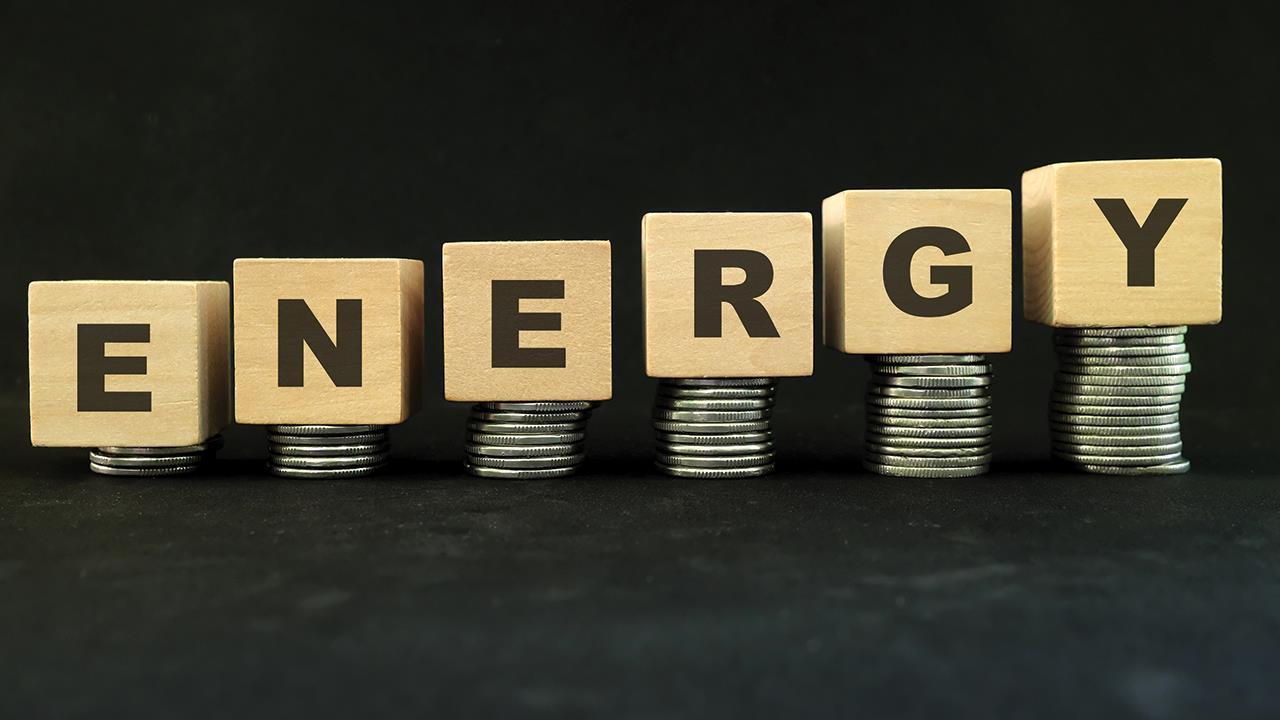

The energy crisis continues to show its dual nature in the UK. On the one hand, consumers are being pressed by increasing energy bills and, at the same time, there is a legislative and moral commitment to consider the environment, and switch to low carbon heat systems.
Both faces of the crisis require consumers to incur upfront costs that are increasingly difficult to budget for, especially during a cost of living crisis that is unlikely to abate anytime soon. In response to this, the government, as set out in the Chancellor’s Autumn Statement, has unveiled a new scheme aimed at improving the energy efficiency of UK households.
The ECO+ scheme, running parallel to the current ECO 4 scheme, is aimed at those on the lowest income in vulnerable households (EPC rating D or below). The new measure is intended to simultaneously save households around £310 per year, while also boosting the UK’s energy security in the long term. Energy efficiency is the cornerstone to successfully navigating the energy crisis in the UK, and insulation is one of the most effective tools we have at our disposal to achieve it.
In addition, the government will expand its Help for Households campaign to reduce energy usage and bills. This involves promoting recommended mitigating actions, such as reducing the boiler flow rate temperature from 75°C to 60°C.
Furthermore, homeowners are advised to turn down radiators in empty rooms, and draughtproof windows and doors to conserve heat.
Integrating insulation
Recently, the primary advice given by organisations such as the HHIC to consumers intending to reduce energy cost is to lower boiler flow temperatures. It is therefore good to see the UK government fully endorsing this approach as part of the Help for Households campaign. However, this is just one aspect of the energy reduction paradigm, with longer-term solutions required to permanently lower costs for the consumer.
This leads us to the buildings themselves; building fabric performance needs to be increased alongside any improvements to heating systems.
In 2018 the English Housing Survey, for example, found that only 38% of homes had loft insulation levels of 200mm or above. And, only 50% had cavity or wall insulation.
Improving these figures is vital to reduce energy consumption and, therefore, bills. Homeowners, with the help of government campaigns, might alternatively focus on insulating the windows, and draft-proofing doors. The majority of UK homes still have a long way to go in lowering heat loss, but the ECO+ and Help for Homeowners schemes present a welcome nudge towards small changes that will make a big difference.
The HHIC’s Heating Up to Net Zero report notes the snowball effect of property insulation. With a reduction in heat loss, lowering carbon emissions, the consumer saves in the long run, while crucially reducing their environmental footprint.
The role of installers
Installers are often seen as the middleman between consumers and policy makers. A well-informed installer will pass on technical information to the consumer, let them know about policy changes, and generally keep them in the industry loop.
With energy prices as they are, the installer has never played a more central role in the wellbeing of their customers.
It seems fair to assume that many consumers will naturally not be aware of the policy changes and introductions made by government, leaving it down to installers in many cases to inform them. There is a responsibility not only to do so in respect of the ECO+ and Help for Households schemes, but also to consider what works best for each individual household. This requires a certain level of skill, knowledge, attention, and commitment to increasing energy efficiency.
Robust training will be required to produce installers who are able to meet the needs of the wider community. According to the HHIC, the government schemes should require a room-to-room heat loss assessment, ensuring the right solution is met for each property.
In addition, training should encourage heating engineers to proactively include low carbon and efficient practices to their portfolio. As such, the heating engineer can play a role in the application and success of the ECO+ scheme, proving central to the long-term mitigation of the UK’s energy crisis.
Long-term recommendations
The ECO+ scheme is an insight into the future of energy efficient UK homes. Short-term considerations such as lowering flow temperature must cease to be the first port of call for reducing energy costs. Consumers, with the help of installers, must make use of the ECO+ scheme in order to confirm their property is running as efficiently, and importantly, as cheaply, as possible.
While the scheme provides financial aid to vulnerable homeowners on low income, its message should reach anyone wanting to increase the energy efficiency of their home. Homeowners must take this as a hint to insulate their roofs, walls, and floors.
At a time when costs are tight and options for installing low carbon technologies, such as heat pumps, aren’t financially possible for many of us, insulation can reduce energy costs without the need for a daunting up-front cost.
If you'd like to keep up-to-date with the latest developments in the heating and plumbing industry, why not subscribe to our weekly newsletters? Just click the button below and you can ensure all the latest industry news and new product information lands in your inbox every week.